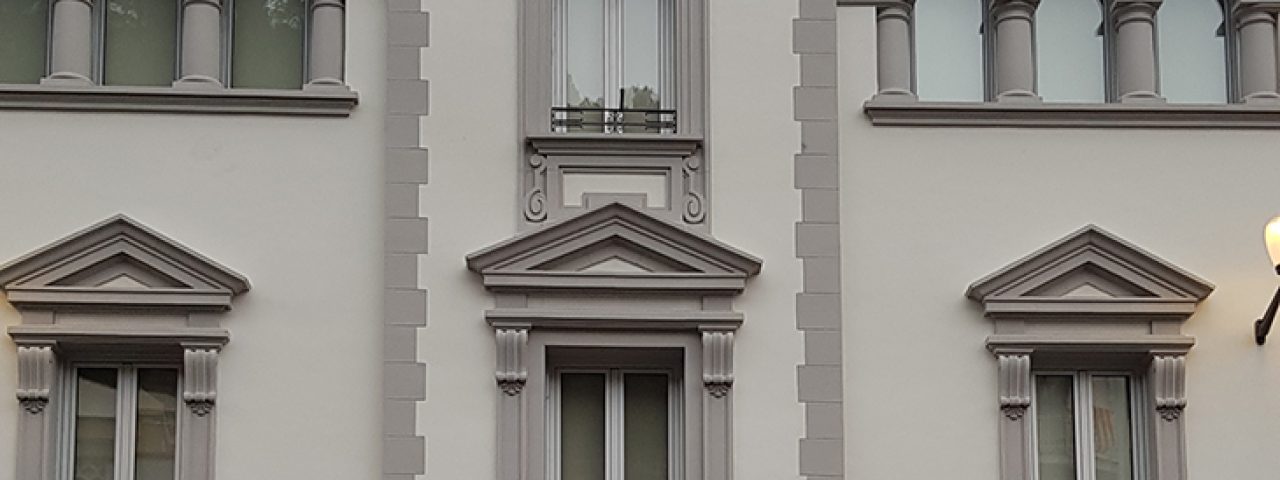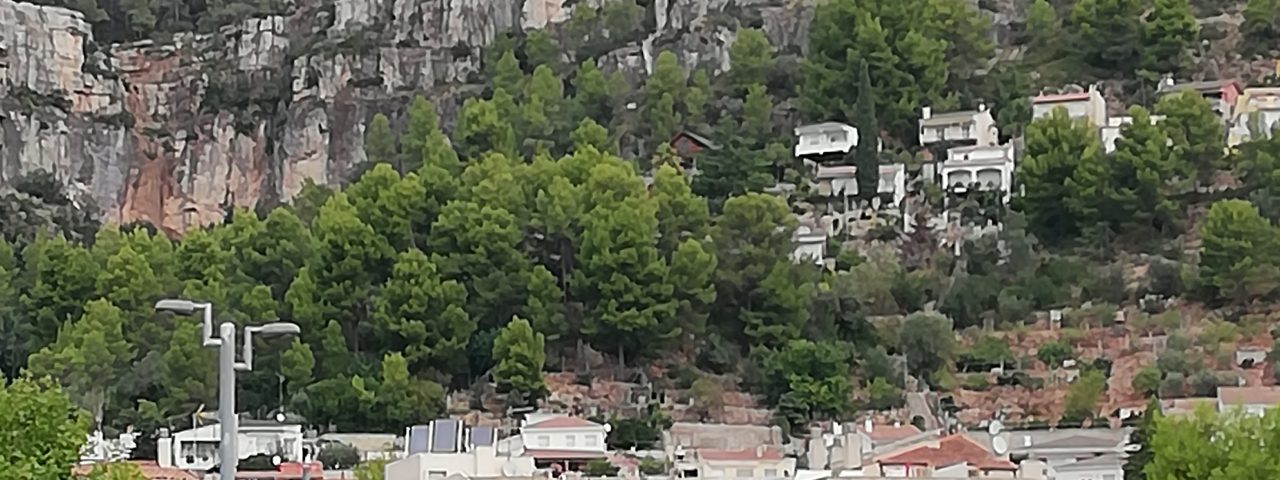Vallirana has a rich history that reflects the diverse cultural influences of Catalonia. It has seen Roman, Visigoth, and Moorish presences over the centuries, which have all left their mark on the town’s cultural landscape. Historically, it served as a crossroads between inland and coastal regions, contributing to its importance as a trading and agricultural center. The town flourished during the Middle Ages, with agriculture and wine production becoming central to its economy.
Culturally, Vallirana celebrates its heritage through a number of annual festivals, most notably the Festa Major, held in August, which is a vibrant display of traditional Catalan music, dance, and gastronomy. Visitors can also experience local customs such as the “castellers” (human towers) and “sardana” dances, which are iconic elements of Catalan culture.
One of the town’s notable landmarks is the Church of Sant Mateu, which dates back to the 12th century and represents a blend of Romanesque and Gothic architectural styles. Other significant cultural highlights include traditional agricultural fairs and events that honor the region’s winemaking and farming heritage.

